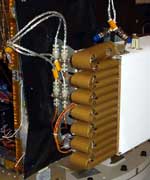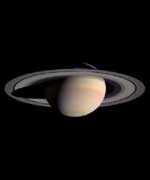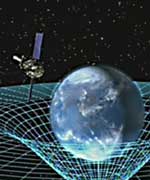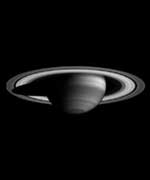
Image credit: ESA
The MARSIS team has advised ESA to delay the deployment of the MARSIS radar instrument on board Mars Express, scheduled for this week.
New and improved computer models suggest that, during deployment, the radar booms may swing back and forth with larger amplitudes than previously expected. If this happened, the booms might come too close to delicate components of the spacecraft body. Further simulations and tests are under way to better understand the situation.
The two main radar booms are 20-metre long hollow cylinders, of 2.5 centimetres diameter, folded up in a box like a concertina (accordion). When the box is opened, the elastic energy of the compressed glass-fibre booms will let them unfold like a jack-in-the-box.
After the booms spring out, they will eventually lock in a straight line, taking up the shape that they had before being folded into the box. The deployment procedure of each boom is expected to last about 10 minutes.
Simulations carried out four years ago by the radar boom’s manufacturer, Astro Aerospace, California, USA, indicated that the deployment should be smooth, without significantly swinging back and forth. However, the radar team has now advised ESA that a new and refined analysis of the boom dynamics indicates that a sort of “backlash” might take place before the boom locks into its position.
Although a successful deployment is not in question, Mars Express mission managers want to make sure that the booms are not subjected to excessive mechanical stress and that they do not interfere with the spacecraft as they deploy.
The MARSIS team and their industrial contractors are now performing further tests and simulations to confirm that the deployment will have no impact on the safety of the spacecraft. These simulations will then be reviewed by ESA’s experts. Based on the results, expected within a few weeks, ESA will decide when and how to activate MARSIS.
MARSIS will study the sub-surface of Mars to a depth of a few kilometres. The instrument’s antennas will send radio waves towards the planet and analyse how they are reflected by any surface that they encounter. In this way, MARSIS can investigate the sub-surface mineralogical composition and will reveal the presence of any underground reservoir of water or ice.
Original Source: ESA News Release








